|
What is wrong with this picture? New construction, million dollar home in Winter Park. How about now? Using High Resolution Infra Red in every inspection saved this client several hundred dollars in future repairs. This ceiling had been installed, painted, etc, a few weeks before. No stain had developed yet. The plumbing vent stack was only press fit and leaking at the seam. So the repair cost now is less than $5......
0 Comments
The second one. Very old home, 1914. This home had quite a few upgrades done. New kitchen. New electric , including service panel. New supply piping. I thought this was going to be an easy day, until I crawled under the home......... The amount of repairs required to this home, (and the one in the other article) will likely fall into the Florida Building Code, Residential (FBCR) definition of “substantial damage”. FBCR, Building Section 1612.2 Defines SUBSTANTIAL DAMAGE - Damage of any origin sustained by a structure whereby the cost of restoring the structure to its before-damaged condition would equal or exceed 50 percent of the market value of the structure before the damage occurred.
When repairs and alterations amounting to more than 50 percent of the value of the existing building are made during any 12 month period, the building or structure shall be made to conform to the requirements for a new building or structure or be entirely demolished. There are exceptions for “Historical Structures”. This building had not been so designated. Getting it designated as "Historical" opens an entirely different can of worms. Any repairs/alterations must follow the National Historic Preservation Act of 1966 (amended in 1992) guidelines. This past week, I had TWO different homes that had significant structural failures. The first was a late 1970's home. Very desirable location, on a canal. It was being purchased by an out of town buyer, sight unseen. My inspection was critical as they had only seen pictures. My pictures showed a bit more than the advertisement ones..... Another testament to the use of IR on every inspection. How much longer until these circuits caught fire?
Occasionally, we run across compressed air systems in a garage or work shop area. The most commonly used pipe material that we find is Schedule 40 PVC.
The use of PVC pipe is NOT SUITABLE and quite DANGEROUS for use with compressed air. It is often used because you can find it at Lowe’s or Home Depot, it’s cheap, and it’s pretty easy to work with. However, it is not recommended for use by the Plastic Pipe Institute, ASTM, nor OSHA because PVC gets brittle over time and can crack, break, or even shatter. Catastrophic failure of PVC sends razor sharp shards of plastic in all directions. OUCH! The presence of air compressor oils in the line and heat from the compressed air accelerates the degradation of PVC. Add all these things together with air under pressure and you have a recipe for disaster. Galvanized piping is also commonly seen, however it is also NOT RECOMMENDED. Pieces of the galvanized coating can flake off and end up in your tools. That can never be a good idea. Commonly, I use compressed air with a blow gun… with galvanized, you have the potential for small shards of metal shooting out… also not a good idea. Black iron, copper, stainless steel, or aluminum pipes are admittedly more expensive but are much better, and, more importantly, SAFER options! References: http://www.astm.org/Standards/D1785.htm https://www.osha.gov/dts/hib/hib_data/hib19880520.html Let's talk about paint a moment. I am not talking about interior colors... frankly, unless it is particularly hideous, I don't really notice interior paint. With the exception of older homes and the possibility of lead based paint, I consider it to be purely cosmetic and not a factor in my inspection. I am talking about Exterior paint. Anyone that tries to convince you that exterior paint is also purely cosmetic is way off the mark. Exterior paint is a critical portion of your building envelope. It is a major defense against water intrusion into your home. Here in Florida, shedding water is one of the most important (and sometimes most difficult) tasks of the building. When the paint starts to become faded, chalky, or peeling it is time for a professional paint job. You notice that I said PROFESSIONAL. I am a strong believer in the DIY homeowner, but this is one of those things that is better left to the Pros. I have mentioned before that a home with polybutylene piping is a nightmare waiting to happen. This pic was from a home that I inspected today. If you have Grey Plastic pipes for your plumbing, you need to give some serious thought to hiring a plumber for a full re-pipe.... sooner than later...
Sidewall flashing is flashing that keeps water, that is traveling down a roofline, from going behind the adjacent wall. FBCR04 903.2 states “Flashings shall be installed in such a manner so as to prevent moisture entering the wall and roof through joints in copings, through moisture permeable
materials, and at intersections with parapet walls and other penetrations through the roof plane.” The last piece in the line is normally described as "kickout" flashing. Several times a week, I find homes where the flashing terminates behind the wall veneer. This is obviously not a good idea. These pictures were from my inspection yesterday. |
Bo PassenRobert W. "Bo" Passen Archives
January 2025
Categories |
News and Notes
Welcome to my Blog. This is the area where I post item that I find interesting or that I feel can help my clients.
Some are strange, some are informational, some are downright scary...
Comments and/questions are always encouraged.
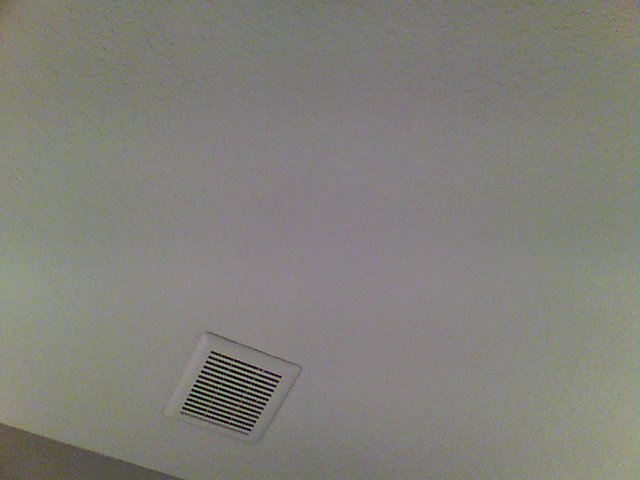
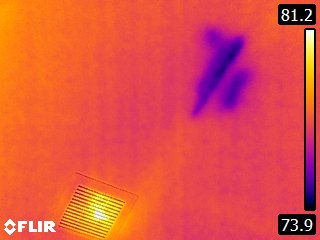
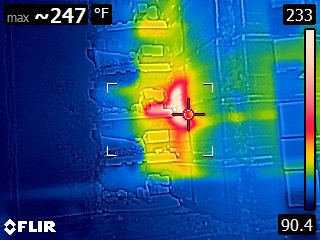
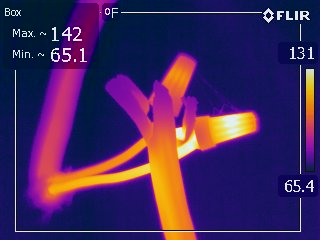
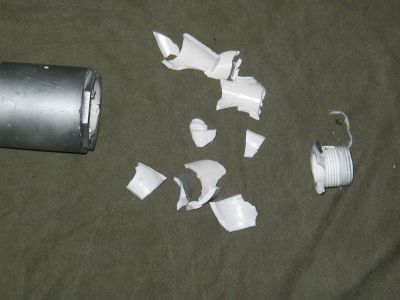
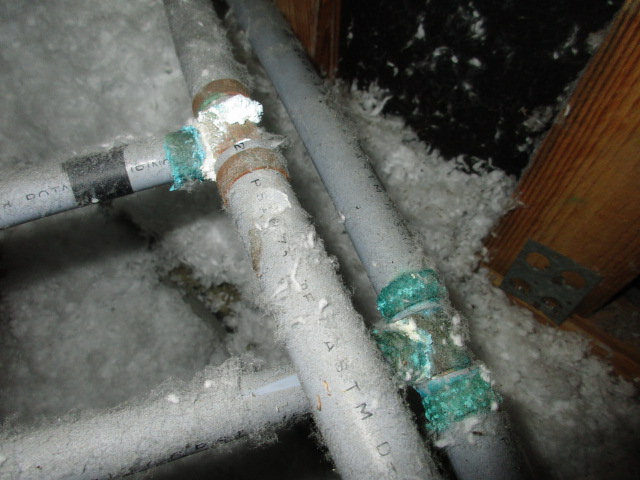
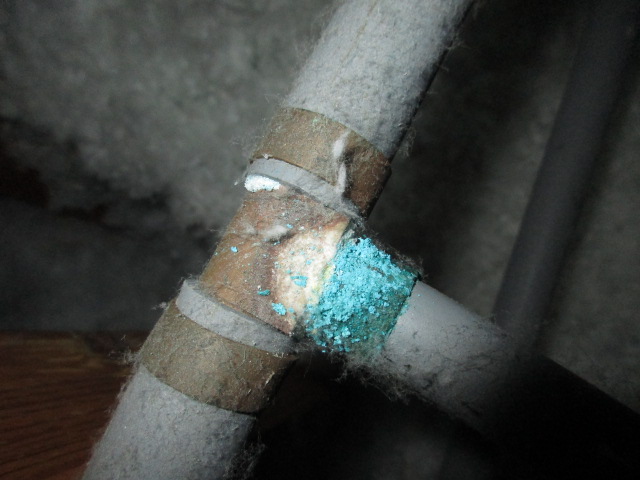
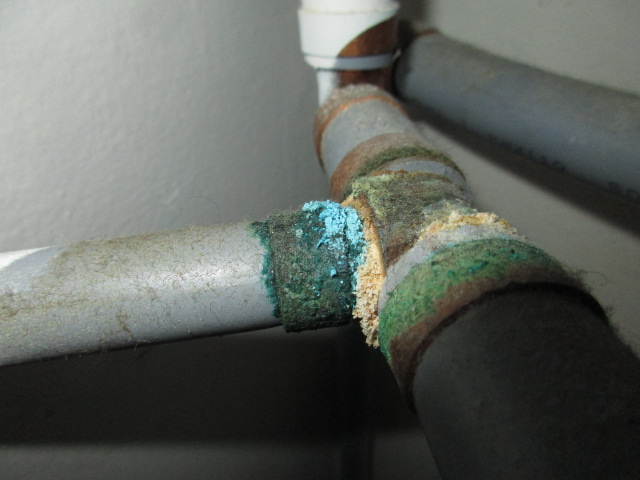
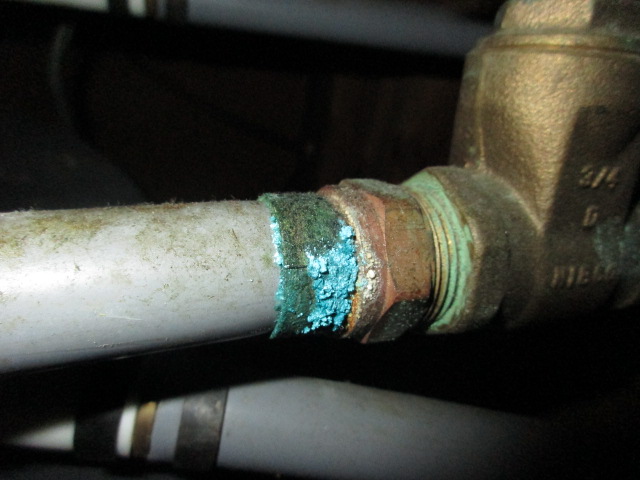
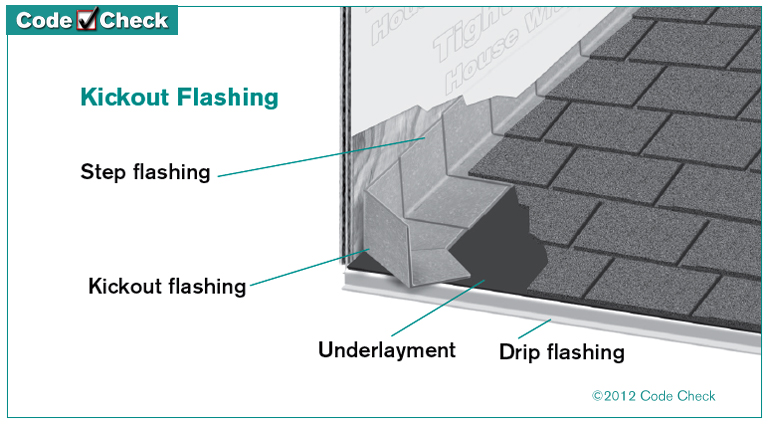
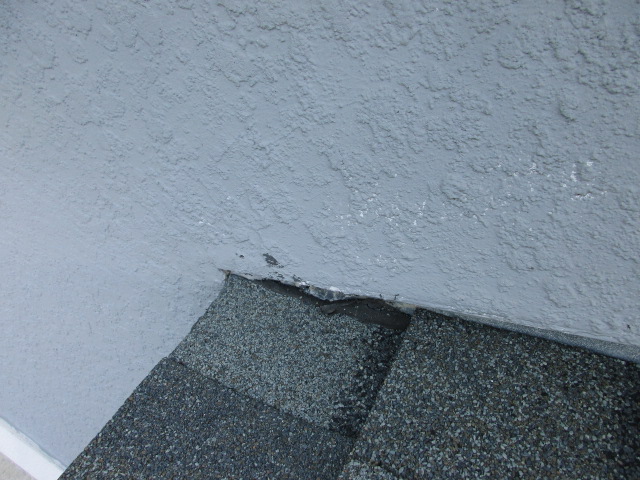
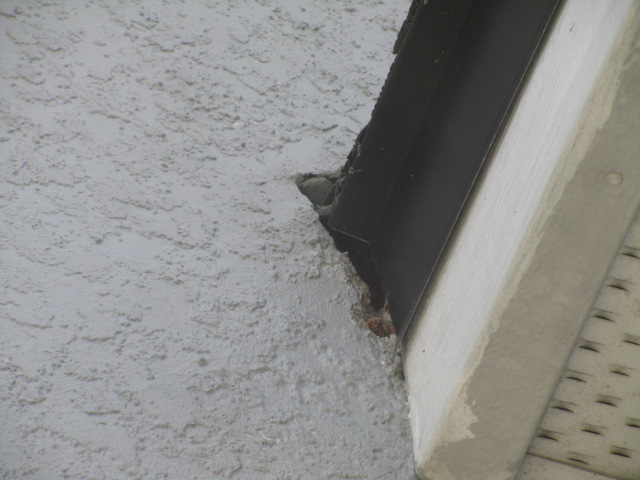
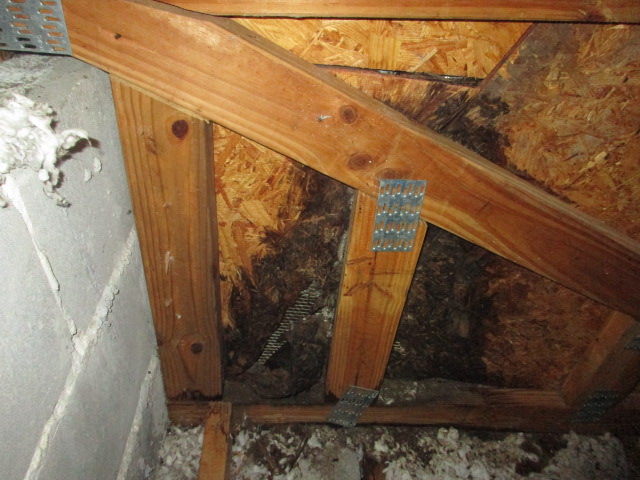
 RSS Feed
RSS Feed
